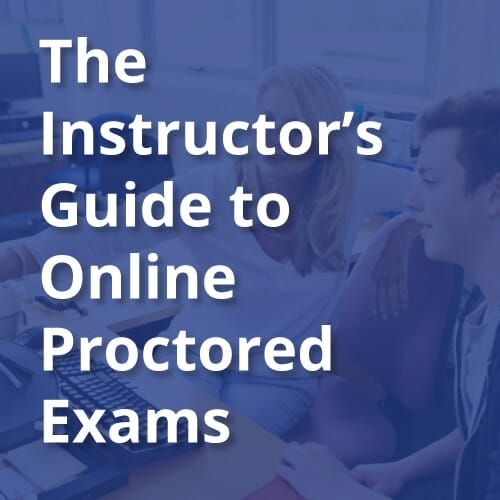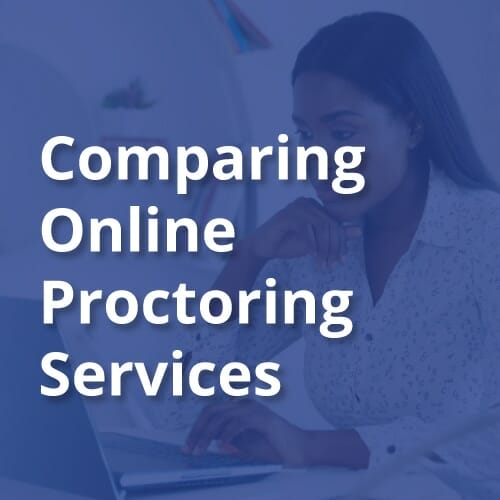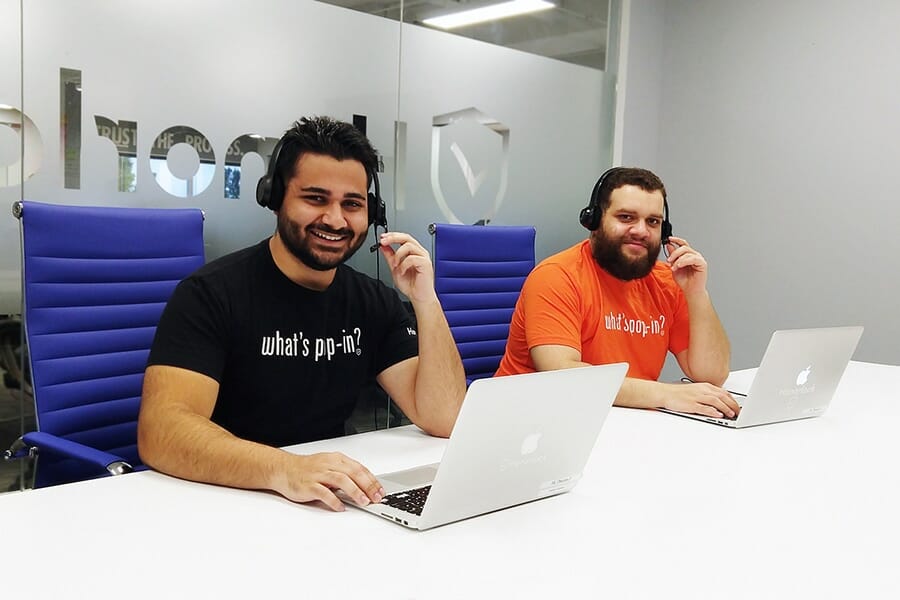We’re Here for You During COVID
To our customers, friends, partners, and the entire higher education community,
As we move forward during this crisis, we recognize that many of you – administrators, faculty, and students – are navigating new waters as you transition to online courses. Our HonorSquad wants you to know that we’re here for you and praying for your health and safety.
Our focus is to ensure you have the support you need during this transition. We are already actively working with many of you who have transitioned to a fully online model and with others who are preparing to make the jump.
Click for information about implementing online proctoring if your institution is moving to online learning related to COVID.
Here are a few things we’re preparing to help you during this time:
Scaling online proctoring
Honorlock is cloud-hosted and has the ability to auto-scale to keep up with the increase in usage we anticipate. To ensure that we haven’t missed anything along the way we have:
- Been in contact with AWS to ensure we can provision (proactively), extra capacity to ensure we are operating at a level that is severely higher than any volume expected.
- Working with our partners (3rd party tools) who provide services such as video services, to ensure they too understand our expected spike in volume, they can provision and scale services, and that we work closely throughout this time to effectively manage the increase together.
- We have increased our staff (as we do during finals) to account for the proctoring load required in the coming weeks. We are monitoring exam volumes continuously throughout the day and we have staff on standby should we need them.
Support & Training for Faculty
We understand that moving to online learning can create challenges and requires more help from our support and training organizations. To meet this need, we have also ramped up support and will continue to do so as needed. In addition, we have same-day training available for institutions that need to train new faculty members. We want to make sure you have all the resources you need to be successful so no matter the need, we’ve got you! All you have to do is ask.
We know there’s a lot of information available to you and a lot of information coming at you. We want to be helpful and not add to the noise. We feel hopeful as we see the community coming together to share ideas, best practices and support. We are here to help when you need us.
Reach out to use to see how we can help you implement online proctoring in 2 days to protect exams and support your students and faculty during COVID














